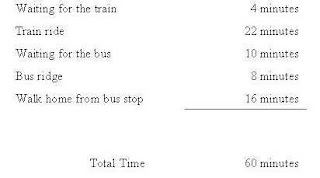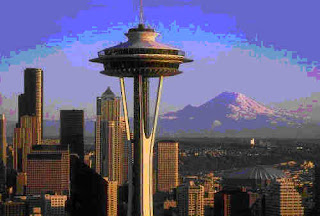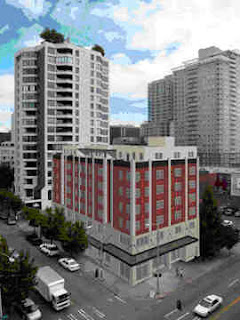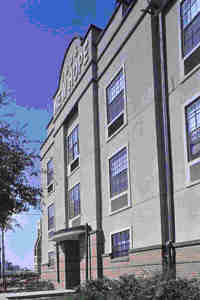This morning going to work I drove a couple of blocks and then realized that I had left my driver’s license at home. I turned around and got it before continuing on to the office.
That brief episode made me think of a problem I had a year ago when I lost my driver’s license. In order to get a new driver’s license, I had to produce a certified copy of my birth certificate. I didn’t have one of those either.
No problem. All I had to do to get a certified copy of my birth certificate was produce my driver’s license—now there’s suddenly a problem.
Fortunately, I found a photocopy of my driver’s license in our files that I had made for some reason or other. The clerk in Ingham County, Michigan, where I was born, was willing to accept a photocopy by facsimile. I faxed the photocopy of the driver’s license to the county clerk, paid the fee and the extra fee for expedited service (both by credit card), and in a couple of days I had two certified copies of my birth certificate (I didn’t want to be caught without again).
Then I went to the driver’s license bureau, paid another fee, and within a couple of weeks I had a new driver’s license. It took a little effort and cost me a few bucks, but once again I had my identity back and could do important things like cash a check or drive without worrying that I might get taken into the jail if I was stopped for a traffic violation.
Now imagine that you have the same problem, but you are homeless as well. It happens all the time. Most homeless people carry all their important documents with them all the time, because they have no safe place to leave them. If you are homeless you sleep with your driver’s license or identity card, your birth certificate, your prescriptions, your social security card and every other document you need beneath your head as a pillow or cradled in your arms. If you don’t, the documents will be stolen.
The documents are frequently stolen. Maybe someone is looking for prescription drugs, or money, or just wants the bag the documents are kept in. I don’t know. I just know it happens.
Imagine trying to get new copies of those documents without a home, without an address, without money, and without access to a fax or computer. It is more difficult than you can comprehend.
Without those documents you can’t refill your prescription. You can’t get any benefits. You can’t apply for a job.
When I still worked at Central Dallas Ministries, at the L.A.W. center, one of our attorneys developed a specialty in obtaining birth certificates and identity cards for homeless people. She had a steady flow of business.
When you are homeless, it is just a matter of time before you lose your identity.

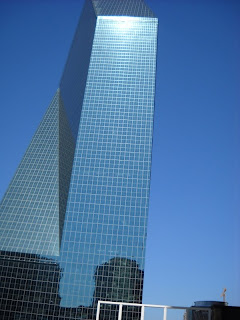


 The tour was very impressive. Plymouth Housing Group owns eleven buildings serving almost 1,000 formerly homeless persons scattered all over the downtown area.
The tour was very impressive. Plymouth Housing Group owns eleven buildings serving almost 1,000 formerly homeless persons scattered all over the downtown area. 



